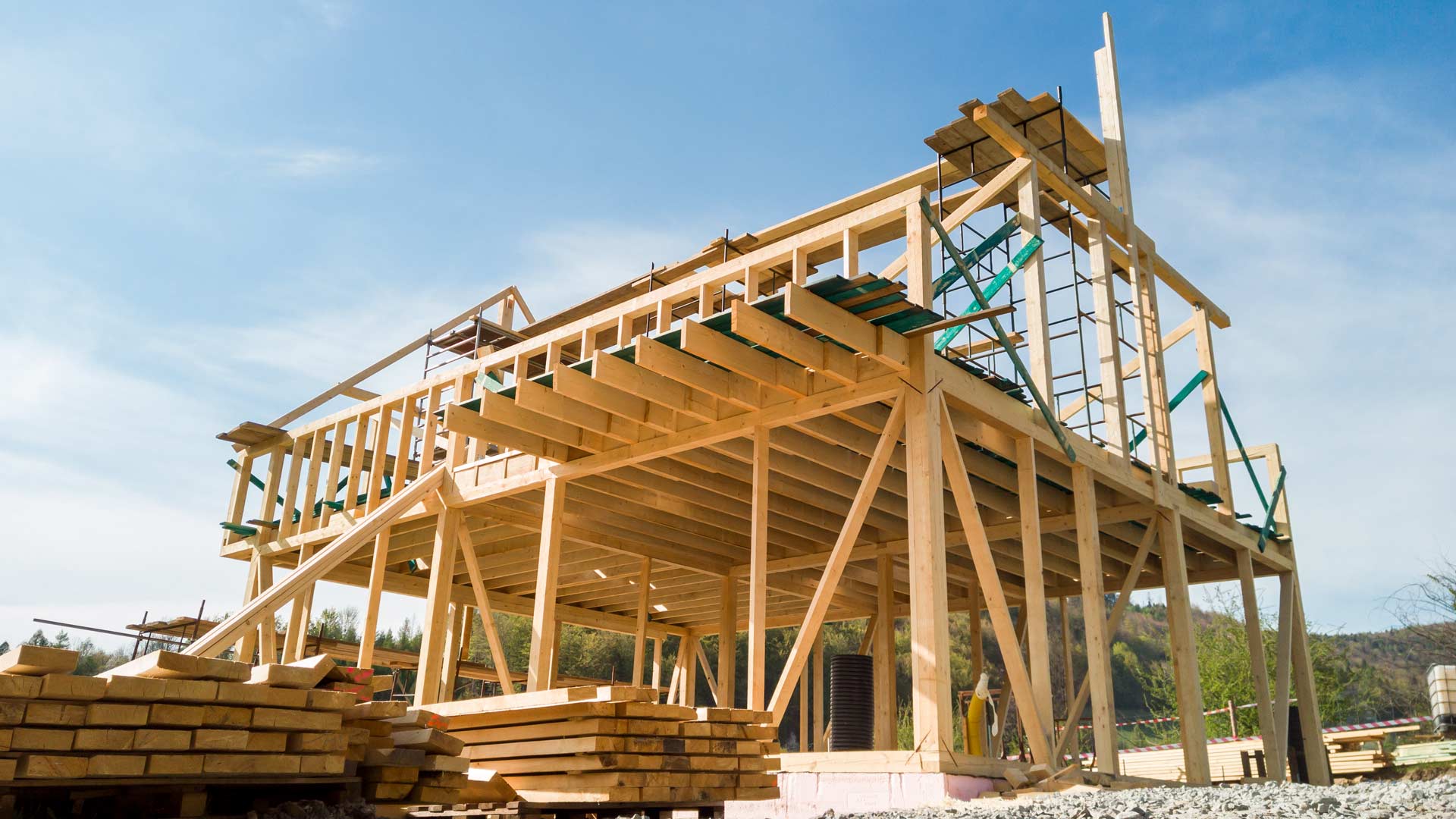Coverage typically lasts for the duration of the construction project, from the start date to its completion. Policies can usually be extended if the project takes longer than expected. ...
Builder’s Risk Insurance does not cover accidents and injuries on the job site, worker theft, or liability risks. For these, you would need General Liability Insurance or Workers’ Compensation ...
While Environmental Liability Insurance is not legally required for all businesses, it is highly recommended for those with significant environmental risks. Certain industries and contracts may mandate this coverage, ...
Coverage for historical contamination depends on the policy terms and conditions. Some policies may offer limited coverage for pre-existing conditions if they were unknown at the time of purchasing ...
To file a claim, contact your insurance provider immediately after an incident. Provide detailed information about the event, including the date, location, nature of the incident, and any immediate ...
The amount of coverage you need depends on your business operations, the potential environmental risks involved, and regulatory requirements. It's essential to assess your specific needs and consult with ...
Environmental Liability Insurance does not typically cover intentional acts of pollution, known pre-existing conditions, or general liability claims unrelated to environmental incidents. For coverage of general business risks, a ...
When selecting an E&O policy, consider the coverage limits, exclusions, deductibles, and the reputation of the insurance provider. It's crucial to choose a policy that aligns with the specific ...
Yes, if you have a "claims-made" policy and maintain continuous coverage, you can be protected for claims made after the policy period for incidents that occurred during the policy ...
While not always legally required, E&O insurance is often a contractual obligation. Many clients or regulatory bodies may require businesses to carry E&O insurance as a condition of their ...







